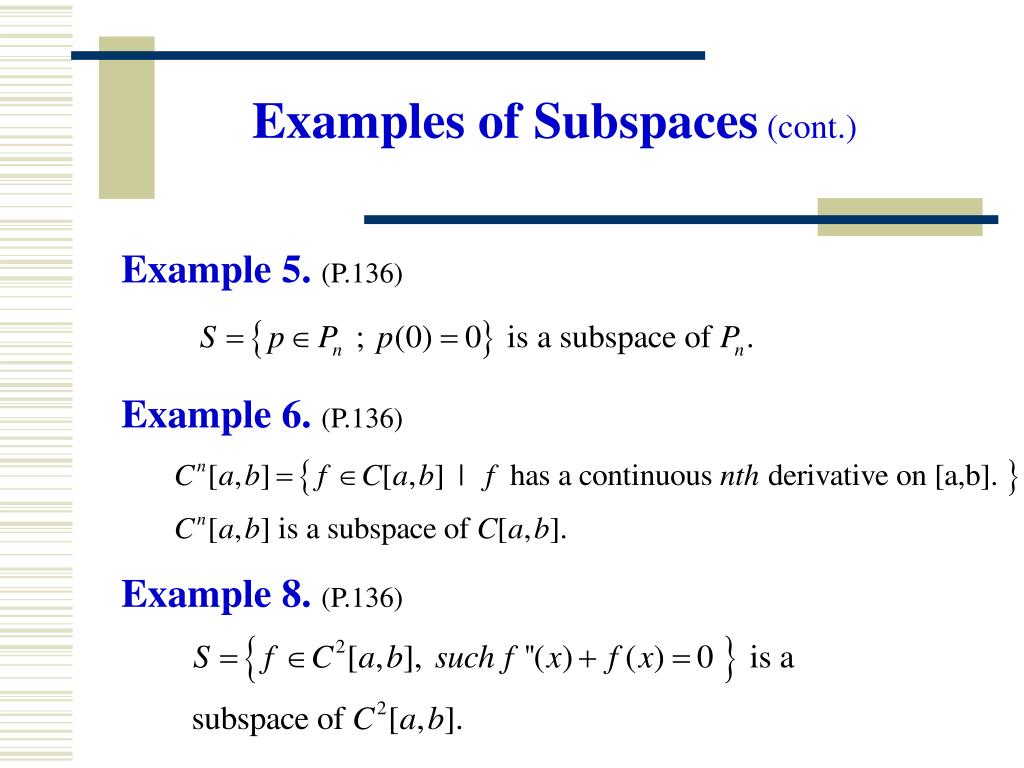

Let a set S be given in ℝ n, and the sets Γ, U, Γ j ( d ), S j ( d ) and U j ( d ), constructed in the previous sections, correspond to it. It is also true for the conical and convex hulls. Here linear subspaces and manifolds are mapped into linear subspaces and manifolds with the dimension preserved. The affine transformations (11.1) and (11.2) are one-to-one mappings of the spaces ℝ * n and ℝ n into themselves. these spaces are conjugate (or dual) to each other. Thus, the scalar product (11.3) is preserved with the transformations (11.1) and (11.2) in ℝ * n and ℝ n respectively, i.e. But this follows from the fact that the m linearly independent (over the reals) vectors e 1,…, e m, are linear combinations of the f i (since

M is a lattice, we need only verify that the vectors f 1,…, f l are linearly independent over the real numbers. M * must possess a basis of l ≤ m vectors f 1,…, f l. Applying Theorem 2 of Section 2, we see that the subgroup M, which means that x is a linear combination, with integer coefficients, of (1/ j) e 1,…, (1/ j) e m.

Since the order of any element of the factor group M is finite, which means that the index ( This shows that the number of vectors u which occur in (3.11) for all x ∈ M is discrete, T can contain only a finite number of vectors of M 0, constructed with the basis e 1,…, e m. M 0 and u lies in the fundamental parallelepiped T of the lattice


 0 kommentar(er)
0 kommentar(er)
